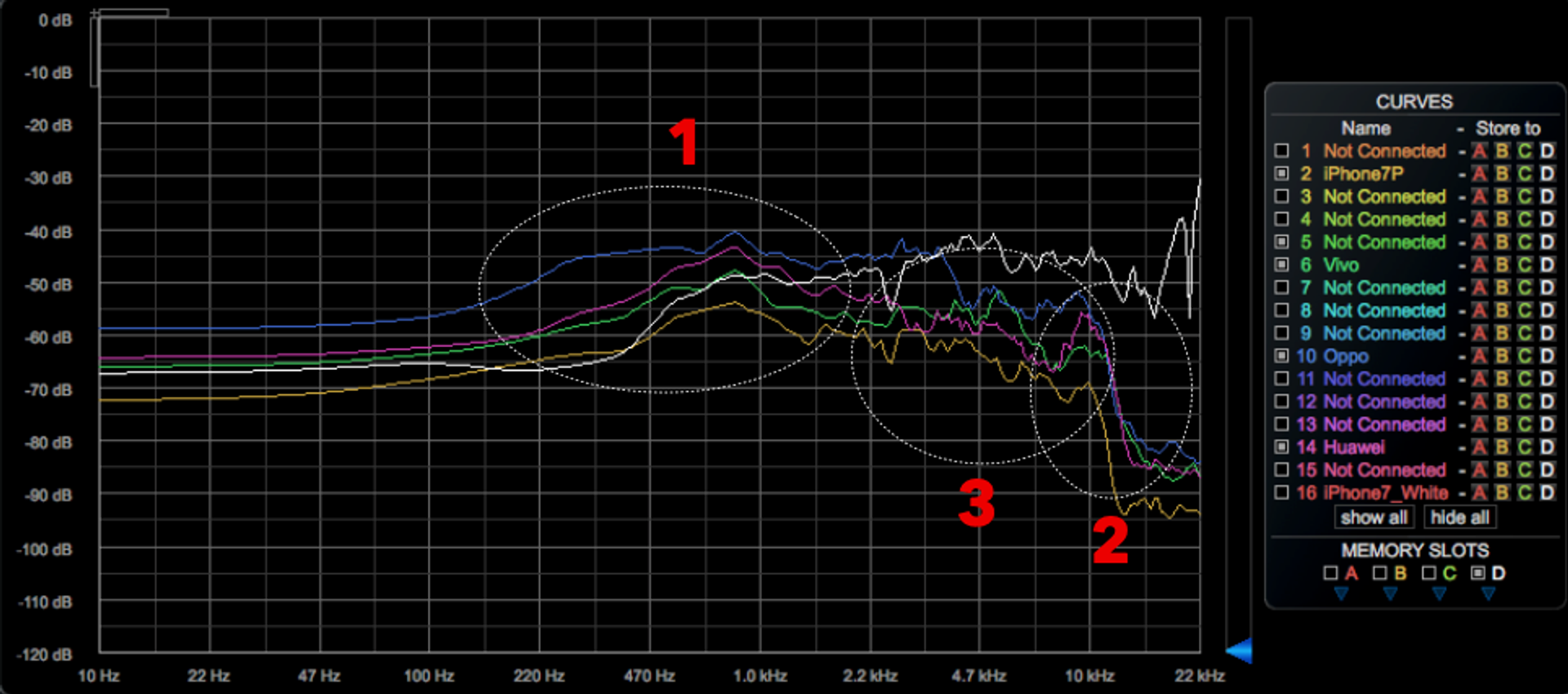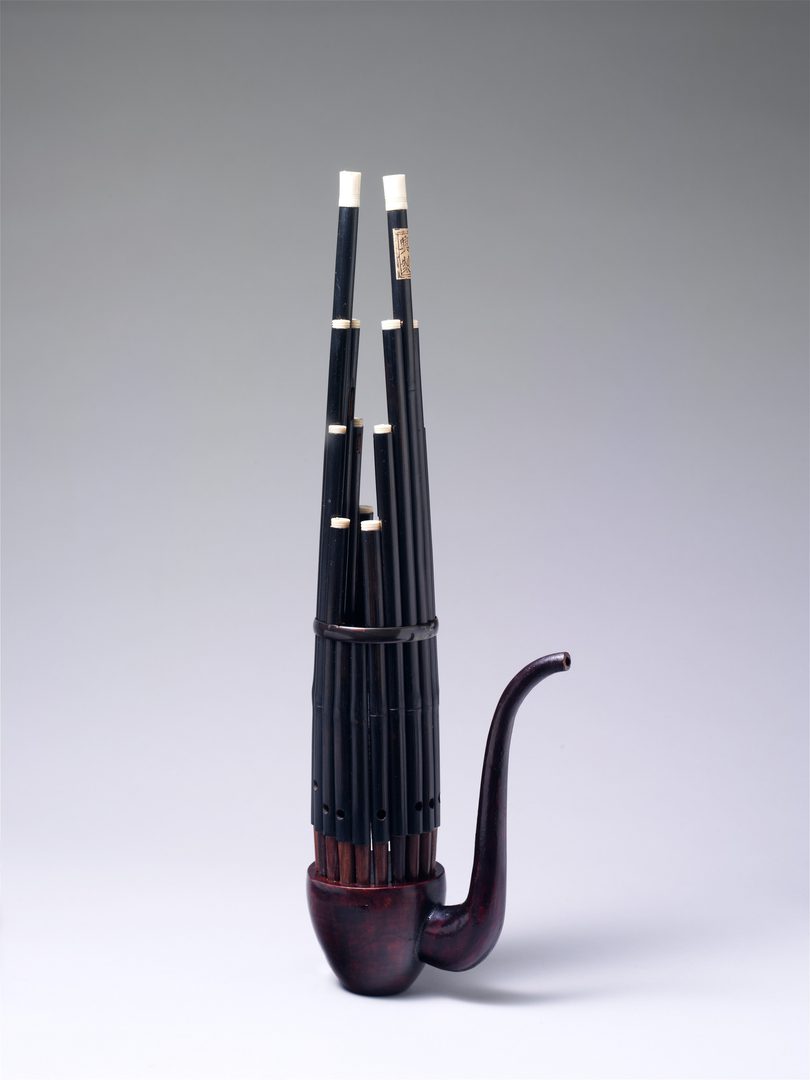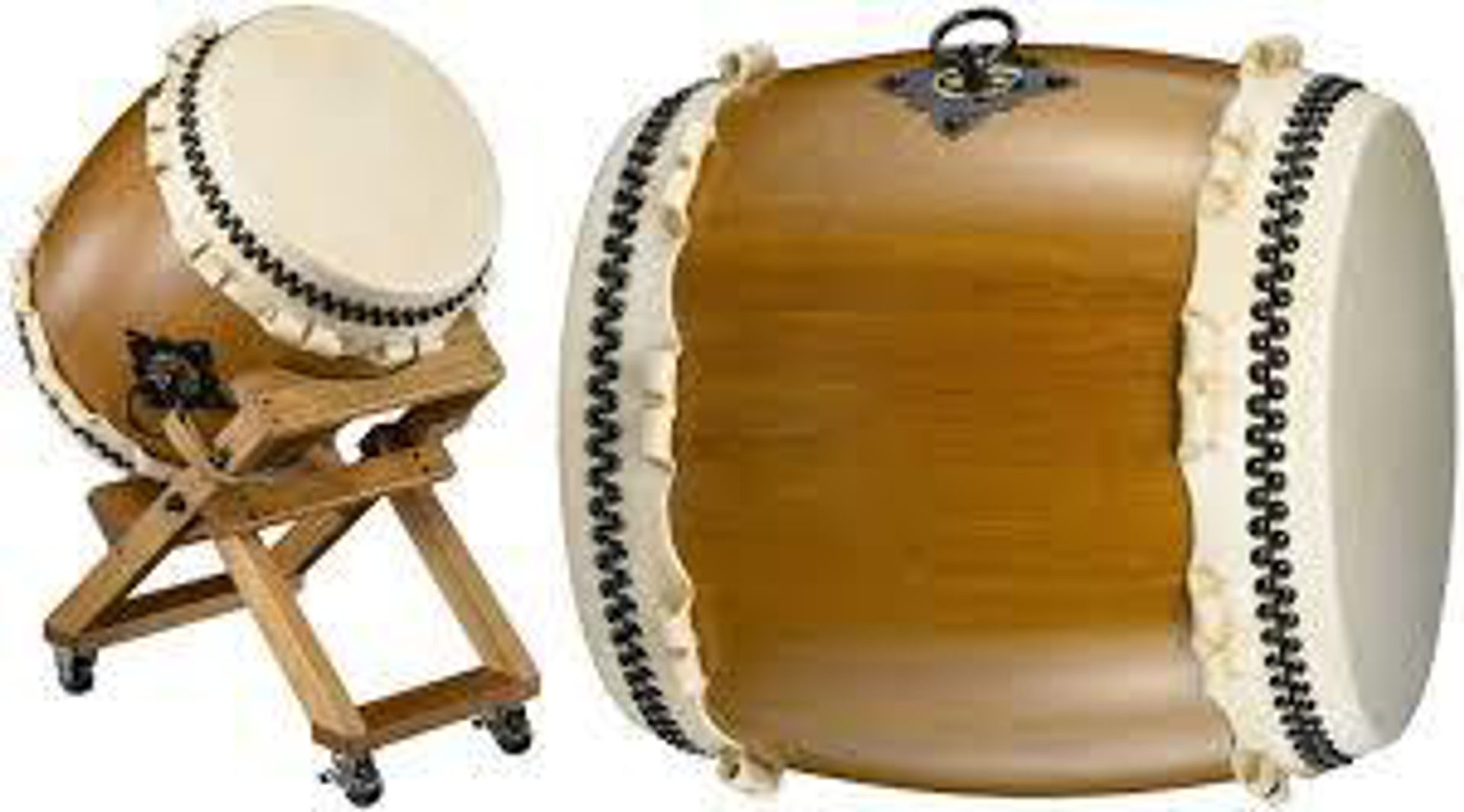small cones
Overbeast is a location-based augmented reality game from design practice Liquid City & big phone company Verizon, featuring Godzilla-scale beasts that battle over the local skyline.

Using techniques mentioned in this article, we made beast roars that sound, and feel, enormous… but Overbeast is a mobile game and, as our esteemed reader will know, phones famously have very small speakers. Refusing to let that beat us, we got extra creative (and extra nerdy, I’m afraid).
Told you.

To understand what we were dealing with, we delved into the intricate world of phone speaker technology. We examined frequency and transient responses to find the common ranges where phones tend to sound their best. With this knowledge as a starting point, we scoured the globe for instruments that naturally thrived within these ideal ranges.
But before we recorded, we had other things to consider…
The beasts really are loud!
How do you compete with the roar of a skyscraper-dwarfing galactic celestial panther? Well… you don’t. When one of these things are knocking about town, best advice is to keep well out of its way. That goes for audio too. Don’t be a hero!
Perhaps on an oversized, multi-speaker cinema system, loud music can contend with beastly roars. But not phone speakers. To ensure all audio is crystal clear, the best idea is to hear only one thing at a time.
For this, we scored battle music in a kind of modular way. By composing short, loud blasts of complex rhythms, as well as momentary respites of ethereal wails, we were able to create a patchwork of functional episodes of music that elegantly weaves around the already-cone-straining monster screams.
Notice here, the loud parts in the purple track, the music, never coincide with the loud parts shown in orange, which are the sound effects.

The world around is also loud!
Overbeast is a location-based game—players walk around town to collaborate on foresting and to watch battles play out over the skyline—so we can expect a fair bit of environmental noise to contend with. To make sure the player can hear everything in the game, we need to make even the quiet bits loud.
When everything in the game is presented at basically the same volume, we couldn't rely on loudness increases to suggest intensity. To create a louder, more extreme feeling, we instead employed some unusual compositional techniques; drastic changes in tempo and dramatic shifts in texture and tone.
Tempo Changes
Monitoring
Throughout the whole process, we maintained a vigilant ear on our phone speakers to experience the soundscape exactly as the end user would. This isn't to say we didn't think about headphones too. With everything we made, we listened on headphones, big speakers, and small speakers so we could also make room for some lobe-wobblin’ sub bass and a rich stereo image.







